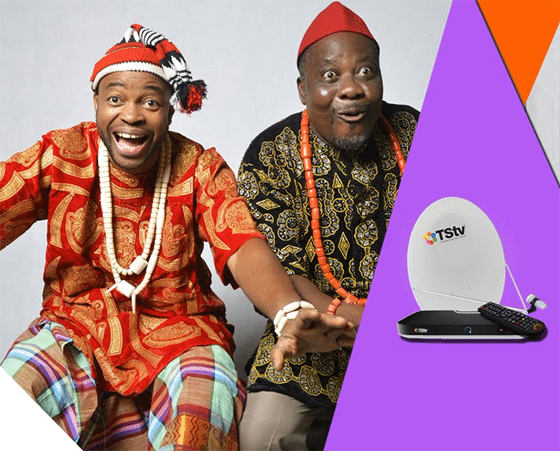How TSTV is Shaking Up the Nigerian Pay TV Market

TSTV decoder and antenna. Photo: TSTV.
When Telecom Satellites TV (TSTV) announced it would be introducing a new Direct-to-Home (DTH) broadcast service in Nigeria, local consumers seemed to breathe a collective sigh of relief. After all, according to PriceWaterhouseCoopers Partner Olufemi Onisubi, Nigerians have languished for years under mounting price hikes imposed by MultiChoice Africa, the dominant player in the region’s pay TV market. So, with its focus on egalitarian pricing, could TSTV be the disruptor that loosens MultiChoice’s grip on Nigeria?
Onisubi, who focuses on Technology, InfoComms and Entertainment (TICE) in Nigeria, said that, until now, MultiChoice has largely monopolized premium TV in Nigeria, holding more than 70 percent of market share with its DSTV and GoTV services. Nigerian consumers, however, have only grown more vocal about their dissatisfaction with the company’s changing price schemes and limited content line-up. “DSTV has increased its subscription fee in Nigeria multiple times,” Onisubi said. “The price of DSTV premium package has increased by 55 percent from 9,000 naira ($25) to 13,890 naira ($38.64) between 2009 and 2017.”
MultiChoice did not respond to a request for comment for this article.
Moreover, Nigerians have complained that DSTV content is often outdated, pushing these consumers toward Over-the-Top (OTT) content platforms such as Netflix. Despite high bandwidth prices and unreliable connectivity, growing internet penetration in Nigeria has exacerbated this trend toward alternative entertainment sources. According to Onisubi, Subscription Video on Demand (SVoD) revenues in Nigeria are predicted to reach $729 million by 2021.
Nigerian Millennials and Generation Zers are as smartphone-obsessed as their American counterparts, driving mobile consumption of VOD content to never-before-seen levels. In fact, time spent on mobile devices has begun to eclipse time spent watching TV: a report by Twinpine revealed the average television viewer spends about 131 minutes watching TV but 193 minutes on smartphones daily. The impact of this younger population is powerful, as Onisubi pointed out, because they represent approximately 80 percent of the consumer population.
“Nigerians have embraced the digital age, highlighted by the mobile phone explosion and increasing internet penetration. With 91 million mobile internet subscribers and a teledensity of 99.39 percent as at July 2017, mobile purchases are on the rise,” Onisubi said.
Due to these evolving consumer trends, MultiChoice subscriptions have been challenged even before TSTV arrived on the scene. Now, hoping to topple the juggernaut from its throne, TSTV and other new entrants are adapting their business models to cater to the changing consumer demographics.
More specifically, TSTV has honed in on the “Pay As You Watch” model to maximize the value of consumers’ subscriptions. “We recognize that quite a lot of Nigerians cannot afford to budget monthly for their subscription. So we’ve created a model that can accommodate even the peasant farmer [and] those living in small villages,” said TSTV Chief Executive Officer (CEO) Bright Echefu during a product unveiling speech on Oct. 4. “Our product is not stratified … What the rich enjoy is what the poor enjoy as well.”
“Many Nigerian TV viewers have indicated interest in paying for only the period they watch TV. Power outages, weather distortions and in general time away have hindered the optimization of monthly subscriptions,” Onisubi added.
TSTV is capitalizing on the demand for value-added services as well, such as including internet service and High Definition (HD) channels in its TV subscription packages. TSTV’s content lineup also boasts popular sports such as the English Premier League and Champion’s League to attract customers who have criticized DSTV’s once-exclusive rights to broadcast certain soccer programs.
According to Onisubi, new content providers seeking to drive growth of pay TV revenues should focus on a few key points: increasing variety of content across age and cultural segments; increasing availability of mobile content across devices; developing personalized content based on consumer profiling; and providing a range of packages for the various income segments.
It’s evident that DSTV has taken notice of some of these trends, recently introducing DSTV Catch Up, which enables downloading and streaming of programs on smartphones and other mobile devices. However, whether such efforts are enough to keep the company from relinquishing subscribers to new entrants such as TSTV remains an unanswered question.